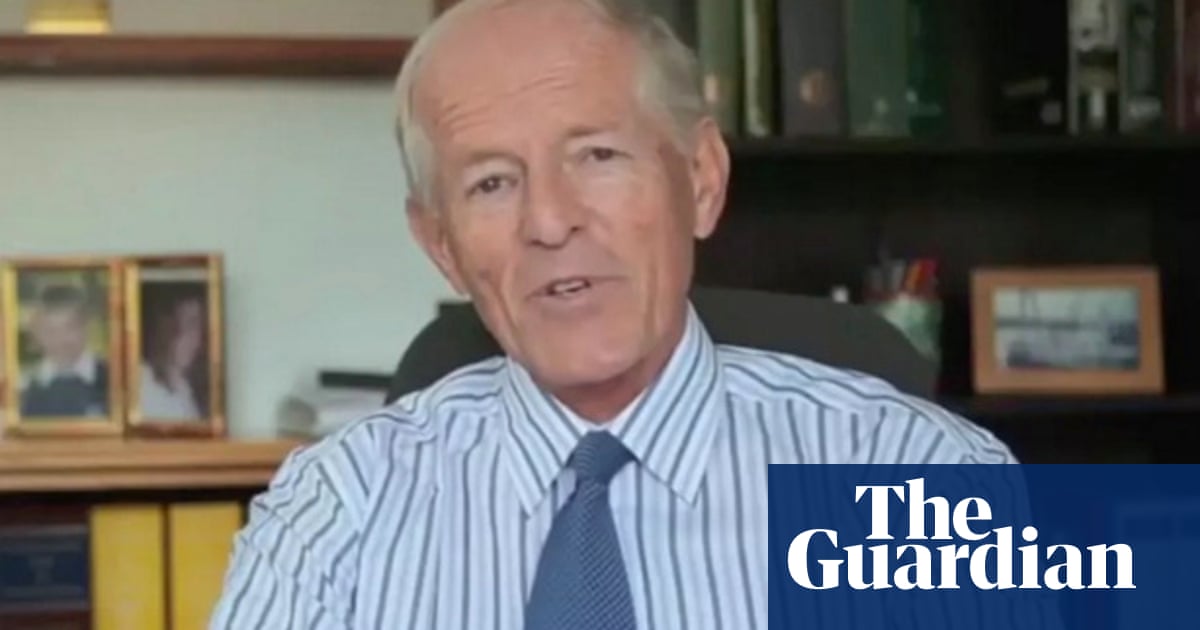
When John Smyth gave a presentation at their school about his Christian holiday camps in 1993, Rocky Leanders and his school friends were “blown away”.
“This is Zimbabwe in the early 90s; the technology wasn’t great. These guys set up a projector with colour videos of speed boats … abseiling, golf, tennis, paddle boarding, swimming pools, diving boards,” recalled Leanders, who was 15 at the time. “We insisted we needed to go.”
Justin Welby resigned as archbishop of Canterbury on Tuesday after a review into the Church of England’s handling of claims of abuse against Smyth found he could have been brought to justice had the archbishop formally reported the abuse to police a decade ago. Welby says that when he was informed about Smyth in 2013, he was told that police had been notified and believed that an appropriate resolution would follow.
However, questions are still being raised about why senior church leaders in the UK and southern Africa did not stop Smyth from abusing boys in Zimbabwe and possibly South Africa.
Smyth, who left the UK for Zimbabwe in 1984, was accused of beating boys and young men and forcing them to strip naked. He died in Cape Town in 2018 with a UK police investigation against him still ongoing.
For Leanders, what started out as a fun experience with about 80 other boys aged 14 to 16 quickly turned dark. During the one-week camp, he was hit 35 times by Smyth on the bottom with a table tennis bat or wooden paddle: “I had difficulty sitting down by the end of the week.”
There was enforced nude swimming and uncomfortable conversations about masturbation. The boys were made to queue naked for the shower while Smyth watched. The following day, he joined the queue nude.
“It was horrendous,” Leanders said. “[Church of England leaders] categorically should have done more after the initial atrocities were reported prior to Smyth being exported with open arms to perpetrate the same things in Zimbabwe.
“The church is directly responsible for my abuse as a 15-year-old boy.”
In December 1992, 16-year-old Guide Nyachuru was found drowned in a swimming pool the morning after skinny dipping at a camp. Smyth later called it an “unfortunate incident”.
Smyth was charged in Zimbabwe in 1995 with culpable homicide and assaulting boys, including Leanders and his brother. The trial started in 1997, but collapsed when Smyth’s team successfully argued the prosecutor had a conflict of interest.
For Nyachuru’s family, the pain is still immense.
“We need closure as a family. We want to know how he died. We want to know if he was beaten to death,” said Edith Nyachuru, his sister. “I can’t even tell my mum because this will hurt her again.”
“Why was he allowed to be in camps abusing vulnerable children?” she said. “Abuse is abuse whether in Zimbabwe, the UK or in Australia.”
The fact that corporal punishment was then common and legal in Zimbabwe and the reluctance of parents to embroil their children in court cases contributed to Smyth being able to abuse boys in Zimbabwe for so long, said David Coltart, the mayor of Bulawayo.
Coltart, then a lawyer, was commissioned by a group of Bulawayo parents, including Leanders’, and pastors to investigate Smyth’s abuses: “He was a pretty arrogant British barrister, Queen’s counsel and fairly aggressive … He threatened the pastors and parents with defamation actions.”
In 2001, Smyth and his wife, Anne, who Leanders said was on site at the camp, were barred from re-entering Zimbabwe. They moved to Durban the next year, attending a branch of the now-defunct evangelical His People church.
after newsletter promotion
Smyth was a respected church elder, giving theological advice to university students.
“Nothing about his past, in terms of the scandals, was known,” said a former church member who was a student at the time. “He was strict, [but] approachable. And the context was this is somebody really important, the church holds him in such high regard.”
After a few years, the Smyths moved to Cape Town. In 2013, the then bishop of Ely, Stephen Conway, wrote to the now-retired bishop of Table Bay, Garth Counsell, to warn him about Smyth.
Counsell was told by St Martin’s Church in Bergvliet that Smyth had worshipped there for “a year or two when he came to Cape Town”, the archbishop of Cape Town, Thabo Makgoba, said in a statement.
“St Martin’s reported that Smyth neither counselled young people, nor were any allegations of abuse or grooming made against Smyth by any member. I became aware of the matter in 2017, when Channel 4 in the UK broadcast an expose of Smyth’s abuse.
“Since no allegations of abuse within the jurisdiction of the Anglican Church of Southern Africa were made, and Smyth had not been worshipping at an Anglican Church in South Africa for many years, no disciplinary action by the church or criminal complaint to the police was possible,” he said, adding that Zimbabwe did not fall within his archdiocese.
Makgoba said the church was seeking legal advice about setting up an inquiry into “whether the Diocese of Cape Town, and I personally, have acted in this matter in accordance with our obligations to keep our members safe.”
In February 2017, after the Channel 4 expose, Smyth was expelled from the non-Anglican church he and his wife were attending, Church On Main.
The church said at the time that Smyth had been taking showers with young men and asking them unprompted about masturbation and pornography, but that there was no evidence of any crimes or physical contact.
Source: theguardian.com

















